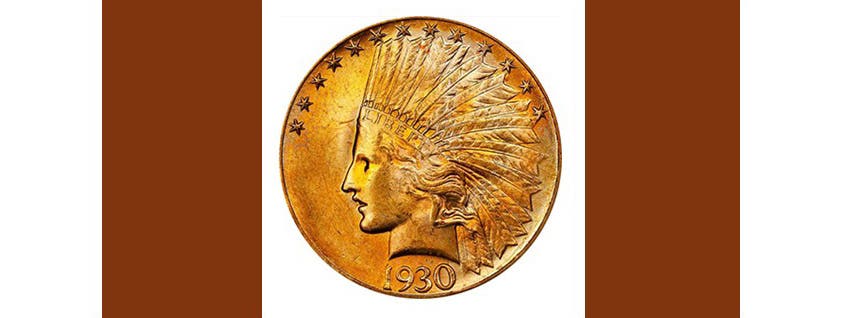CoinClinic: What Causes Milk Spots?
Unfortunately, milk spots can appear on a silver coin (or on an ingot) much later after the coin has left the mint.
A coin dealer recently looked at my Silver American Eagle coins and said they have less value due to having milk spots. Can you explain what causes milk spots?
There may be more than one reason these unsightly spots appear on the surface of some silver coins, but in general, the spots are blamed as being a result of a solution used to wash the planchets that were not fully removed prior to the heating and the striking processes.
Do milk spots appear on coins after they have been struck, or can milk spots appear on a coin much later?
Unfortunately, milk spots can appear on a silver coin (or on an ingot) much later after the coin has left the mint. These spots have been known to appear on coins even after the coin has been sealed in an encapsulation.
What impact do these milk spots have on the future value of a silver coin?
If the coin or ingot is being treated as bullion, it has virtually no impact on the future value of that object. If the coin is being treated as a collectible or as an investment, the future price of the coin will likely be lower than the price of a like example that does not have this detriment.
Is there anything a mint can do to help prevent milk spots from occurring at some later date?
The milk spot problem was investigated by the Royal Canadian Mint. Two papers on this study can be downloaded from mint.ca/en/bullion/mintshield. According to the RCM, “Mintshield is proven to significantly reduce the appearance of white spots. Invisible to the eye and having no impact on the coin’s purity or composition, our patented technology tackles the root of the cause, reducing the appearance of white spots for years.”
Is there a way I can get rid of milk spots on coins I already own?
I’ve read about people using an eraser, coin dips, and various chemicals. One website said to use “an official silver and gold cleaning cloth” followed by baking soda or fabric softener. Another site suggested sodium and ammonium thiosulphate crystals dissolved in water. I won’t vouch for any of these suggestions. Readers, any successful results you would like to share in this column?
Where is the best place to exchange U.S. for foreign currency?
You can avoid paying ATM transaction costs and possibly get a better exchange rate by going to a bank or credit union before going on an international trip. Banks and credit unions will exchange dollars for foreign currency and the reverse following your return if you have a banking relationship with them.








